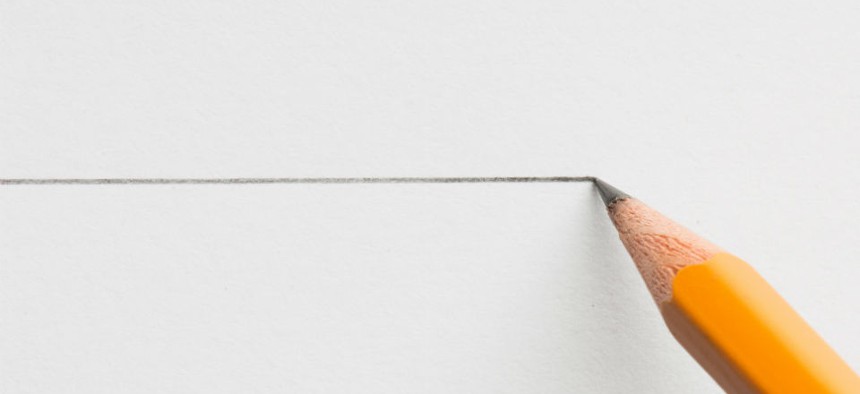
ravl/Shutterstock.com
Process Improvement: Making the Complicated Simple
6 tips for developing methodologies as your mission unfolds.
A Google search for “methodology” yields these definitions: “the systematic, theoretical analysis of the methods applied to a field of study” and “a body of methods, rules, and postulates employed by a discipline.” Most of us don’t use the word “postulates” in our everyday work lives, but we all use methodologies, whether we are aware of them or not.
As consultants, we frequently rely on methodologies, whether we are developing them for our federal clients or using them ourselves to bring in new business. Even so, the word “methodology” conjures up images of complicated flow charts, process graphics and hundred-page process documents. Well-thought out processes can certainly provide sustainability and stability to an organization. However, too much emphasis on process can stamp out innovation and discourage creativity, which can be lethal for both government agencies and small businesses.
So, how do you develop a sustainable but innovative methodology that will help your agency fulfill its mission?
Get the right input. This tip might seem self-explanatory, but that doesn’t mean it’s not important. Be sure to leave enough time to solicit any input you need at the beginning and along the way from the people who will actually use your methodology.
Avoid overpromising and underperforming. Establish up front what your methodology is, and what it is not. What, if any, is the deliverable that will result from your methodology? Why are you developing this methodology? Who will primarily be using it?
Be creative. Everyone has seen Gantt charts and Excel spreadsheets, but don’t be afraid to be a little more creative in depicting your methodology. Corner Alliance loves to use infographics to depict information and processes creatively. However, it’s important to remember that infographics can’t always stand alone. You may need to provide some context in a separate document, but a good infographic is worth a thousand words.
Sketch it out. While it’s beneficial to use creative tools to depict your methodology, sometimes it’s best to start with a plain old pen and paper and draw it out. This way, you can easily see where you have overlap or redundancies. Using whiteboards to map out processes and methodologies is a great way to start.
Be flexible. A good methodology is comprehensive; a great methodology is comprehensive, adaptable and easy to update, if necessary. The simpler your methodology, the more easily it can be updated to suit new developments in your agency or business. Remember: it’s OK to let your methodology evolve as your mission unfolds.
When in doubt, simplify. We’ve all been there—you are given a task with an accompanying methodology in the form of a massive slide deck or 50-point process with so many boxes, bubbles and lines that you feel like you’re going cross-eyed. While it’s true that a comprehensive methodology is important, an exhaustive list of steps and responsibilities is just that—exhausting. Don’t confuse complexity and completeness; sometimes, the simplest approach is the winning one.
How have you created simple, creative methodologies?
Arleta Cobb is an associate consultant at Corner Alliance.
(Image via ravl/Shutterstock.com)






